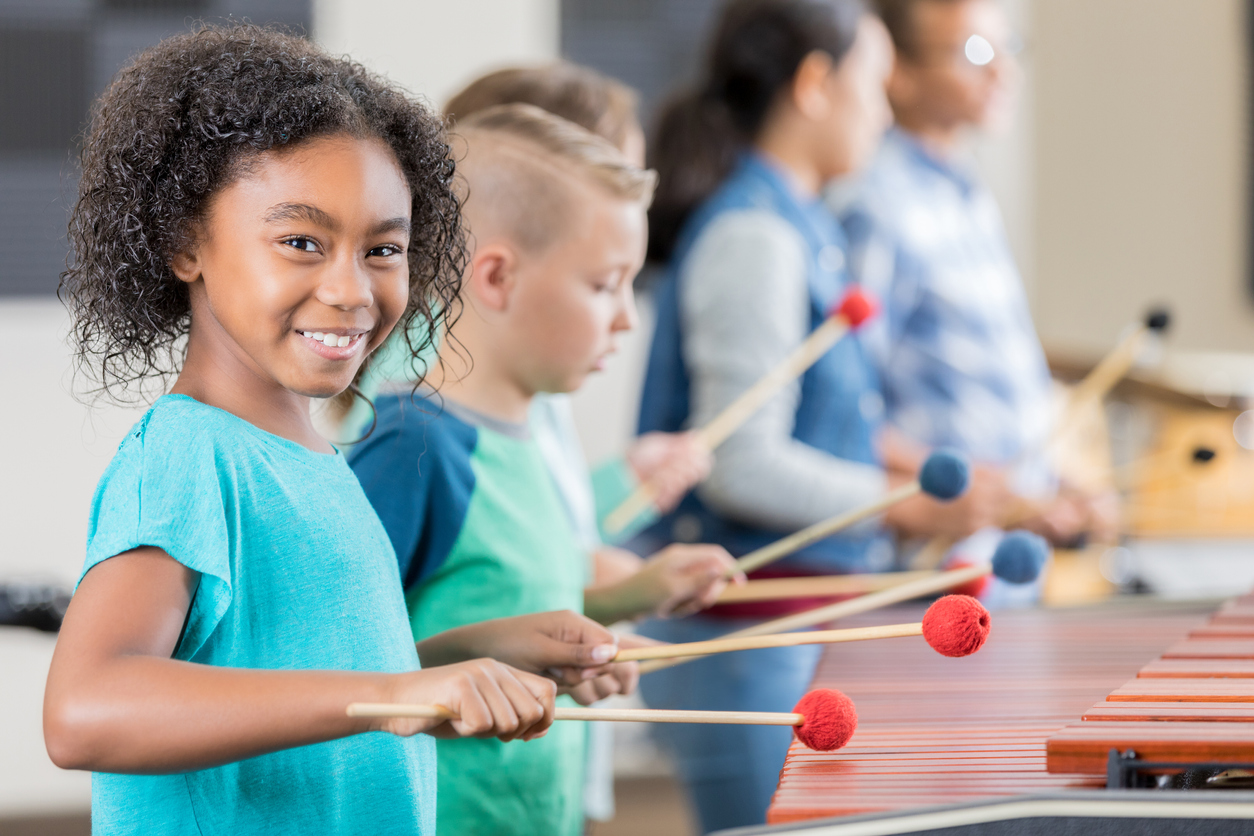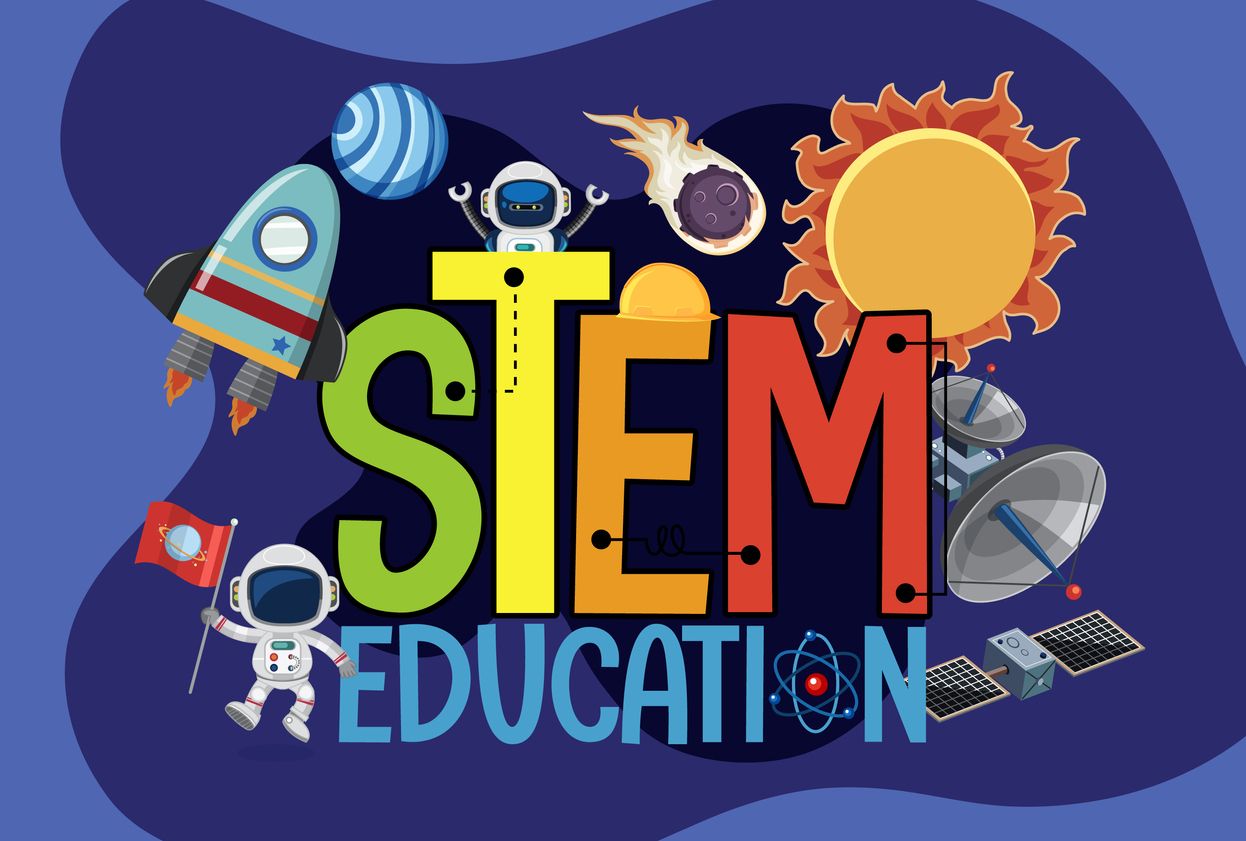There is something deep within each of us that has its own language, a dialect that is universal, believe it or not, that is transcultural when heard, and connections are made instantly. This language is what I call “soul language”. The language of the soul (because it resonates there) is powerful because no matter what your learning capabilities are it can only be tapped into through the arts or through music.
Recently, I watched the animated movie entitled, “Soul”. It reveals, what I call, the discovery of the “soul language” of a middle school band director, Joe Gardner (voice over by actor Jamie Foxx), whose life dream was to play in the best jazz band in New York city. He was introduced to jazz by his father and instantly jazz became his “soul language”. He experienced an unfortunate misstep that led him to what was called “The Great Before”-a place where new souls get their personalities, their quirks, and all that makes them who they will become. Stuck in this realm of the ‘Great Before’, Joe meets a very interesting pre-existing soul called Number 22, who he engages to assist him to getting his life back or getting back to earth. The problem is Number 22 doesn’t understand the appeal of the human experience (you’ll have to watch the rest of the movie!).
Imagine human life without colors, texture, musical sounds or rhythms, improvisation, or other sources that generates from the arts and cultivates individuality and creativity. Imagine existing in a reality where reaching one’s fullest potential was not an option. The language of the soul would never develop its voice and the human experience would never create interactions that would truly allow people to be who or what they were created to be. The language of the soul would never have a place of expression where even those with special emotional and physical needs might feel a sense of purpose and self-worth. There is a freedom experienced in the arts that is revealed as the language of the soul, i.e., the language of one’s true self that is just waiting to be discovered! Art and music educators are the experts who facilitate this progress for enabling this language to come forth through exposure, experiences, and engagement.
Learning through exposure
Many students learn their soul language through being exposed to the different genres of art and music. Guided practice with a paint brush or a classroom instrument gives students unlimited opportunities to be exposed to what is possible to achieve. Research says that music ignites all areas of child development and skills for school readiness, including intellectual, social-emotional, motor, language, and overall literacy. It helps the body and the mind work together. Exposing children to music during early development helps them learn the sounds and meanings of words. Dancing to music helps children build motor skills while allowing them to practice self-expression. For children and adults, music helps strengthen memory skills.[1]
Learning through experience
The classroom experience is the laboratory of discovery where students are allowed to be who they are without fear of judgement. As a result of the pandemic, students have experienced a traumatic shift in learning, going from in-person learning to virtual learning then back to in-person learning, over the past 18 or more months. The arts can play a crucial role for students and educators, especially in addressing healing and trauma. Through research we know that participation in the arts can support the social and emotional learning needs of students, including teaching emotional regulation and compassion for others. They can also provide an outlet for students to process their emotions following trauma so they can begin the healing process and build resiliency.[2]
Learning through engagement
The time is now for more intentional engagement in the arts and music. More resources are needed for the implementation of innovative ways to utilize the arts to bring “soul language” back to the stage! Soul language always make connections that sparks other gifts and talents through engagement because of the inspiration that it brings. In the movie, Joe Gardner, fights for the revival of his ‘soul language’, and discovers that one of his students named Connie, his trombone player, wants to fight for her ‘soul language’ as well! Inspiration breeds inspiration! There may sometimes appear to be a dead-end road in teaching and learning but, the arts and music has the undeniable ability to build a bridge for success! There must be a bridge built, through the arts and must, to keep students connected in teaching and learning AND help them to discover their inner voice, their ‘soul language’.
—
Dr. Toney McNair, Jr., D. Min. is currently employed with the Virginia Education Association as a UniServ Director serving the Portsmouth, Suffolk, and Isle of Wight school divisions. He is a 23-year veteran of public education having taught General Music at the elementary and Choral Music at the middle, and high school levels. Most noted, Dr. McNair was selected, by the Virginia Department of Education, as the 2017 Virginia Teacher of the Year, representing nearly 100,000 educators and 1.3 million public school students in the Commonwealth of Virginia. He has served on and chaired numerous committees and received numerous awards and recognitions. He is also a successful grant writer and is most noted for acquiring a brand new Yamaha baby grand piano for his middle school music program.
He currently serves as a member of the African American Advisory Superintendent’s Council for the Virginia Department of Education and a facilitator on Human and Civil Rights/Racial Justice for the National Education Association. He holds a B.S. degree in Public School Music (Vocal/Piano/Organ) K-12 (Norfolk State University); Master of Divinity and Doctor of Ministry degrees (Virginia Union University); as well as a Master of Education degree in Administration and Supervision (Averett University). He is married with four children and four grandchildren and resides in Elizabeth City, NC.
—
[1] Retrieved from: https://www.brighthorizons.com/family-resources/music-and-children-rhythm-meets-child-development
[2] Retrieved from: https://www.arts.gov/stories/blog/2021/importance-heading-back-school-arts-education




